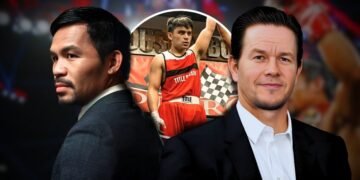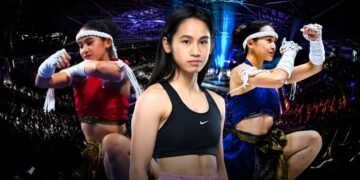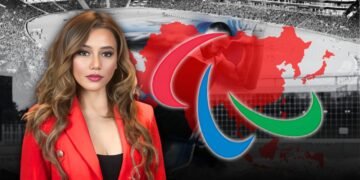In the Philippines, basketball is more than a sport — it’s a way of life. You’ll find hoops in barangay courts, driveways, and even makeshift street setups tied to lamp posts. It’s the national obsession.
And yet, despite decades of passion and generations of players, the NBA remains just out of reach for one very specific dream: a full-blooded, Filipino-born player making it to the league.
So far, it hasn’t happened. And that fact stings — because it’s not for lack of love or effort.
We’ve Come Close — But Not Quite
While no full-blooded, PH-born Filipino has played a single NBA regular season minute, a handful of Filipino-American players have proudly carried the torch.
Raymond Townsend became the first player of Filipino descent to reach the NBA in 1978. Jordan Clarkson has represented the Philippines internationally while thriving as a Sixth Man of the Year with the Utah Jazz.
Jalen Green, the No. 2 pick in the 2021 draft, openly embraces his Filipino roots and is now one of the league’s rising stars. And in the 2025 NBA Draft, Dylan Harper — another player with Filipino heritage — was selected second overall by the San Antonio Spurs.
But while these names spark pride, they also highlight the glaring gap: none of them were born or developed in the Philippines.
Kai Sotto and the Almosts
No story illustrates the struggle more than Kai Sotto’s. At 7-foot-3, born and raised in Las Piñas, Sotto was heralded as the Philippines’ best shot at NBA inclusion.
He trained in the U.S., played in the Australian NBL, suited up for the G League Ignite, and joined the NBA Summer League. But in 2022, he went undrafted.
Bobby Ray Parks Jr., another PH-born player, briefly joined the NBA Summer League with the Dallas Mavericks in 2015. Like Sotto, his journey fell short of a regular season contract.
These players didn’t fail. They simply revealed how much more is required beyond talent.
The Gaps Are Systemic
The biggest hurdle isn’t just talent — it’s everything around it. The average Filipino male stands at 5’4”, a full foot shorter than the average NBA player. While height isn’t the only factor, it matters.
Especially when paired with limited access to high-performance training, sports science, and global scouting platforms.
Unlike countries like Japan, Serbia, or even Nigeria, the Philippines doesn’t have a national basketball academy, a pipeline to elite U.S. prep programs, or consistent exposure to NCAA-caliber competition. Filipino players often peak in local leagues like the UAAP or PBA without ever entering the global talent pool.
Basketball is in our blood — but not in our infrastructure.
It’s Not About One Star — It’s About the System
It’s tempting to pin hopes on a single prodigy. But for the Philippines to finally send a full-blooded, born-and-raised player to the NBA, it will take more than one name.
We need a pipeline: from barangay courts to prep schools abroad. We need scholarships, scouting networks, training academies, and the kind of developmental investment that prioritizes long-term growth over short-term fanfare.
The models exist. Japan’s basketball federation partnered with private training groups to build its national team from scratch. Canada’s youth leagues funneled into the NCAA, turning once-unknowns into draft picks. It’s not just possible — it’s proven.
There’s Still Time — and Talent
The good news? The raw potential is here. Filipinos are gritty, skillful, and passionate. Our footwork, passing, and IQ are already praised internationally. What we lack in size, we make up for in creativity and effort.
If local institutions — from the SBP to the private sector — commit to the long game, the dream becomes more realistic than ever. With increased investment, global exposure, and proper coaching, the next generation could break through where others almost did
A full-blooded Filipino making it to the NBA is no longer a fantasy. But it won’t happen by accident. It requires intention, infrastructure, and belief — not just from fans, but from the institutions and coaches who shape the future of the sport.
The passion is already here. The talent is waiting. All that’s missing is the system to support the dream — all the way to the NBA.











